EXTINCT: The Story of Life on Earth is a spectacular full colour book series written by award-winning broadcaster and evolutionary biologist Professor Ben Garrod and illustrated by world-leading palaeoartist Gabriel Ugueto.
Famous for making top level science fun, TV scientist Ben Garrod presents the biggest extinction events ever, told from the point of view of evolution's superstars, the most incredible animals ever to swim, stalk, slither or walk our planet.
Whether you're 9 or 90, his unique exploration of the most destructive, yet most creative, force in nature makes top level science fun.
Here are the superstars of the story of life, from the super-weird to the super-ferocious. Usually a species has 10 million years or so of evolving, eating, chasing, playing, maybe doing homework, or even going to the moon before it goes extinct.
Collect all eight books about animals we have lost in mass extinctions caused byasteroids or mega-volcanoes, clashing continents and climate change.
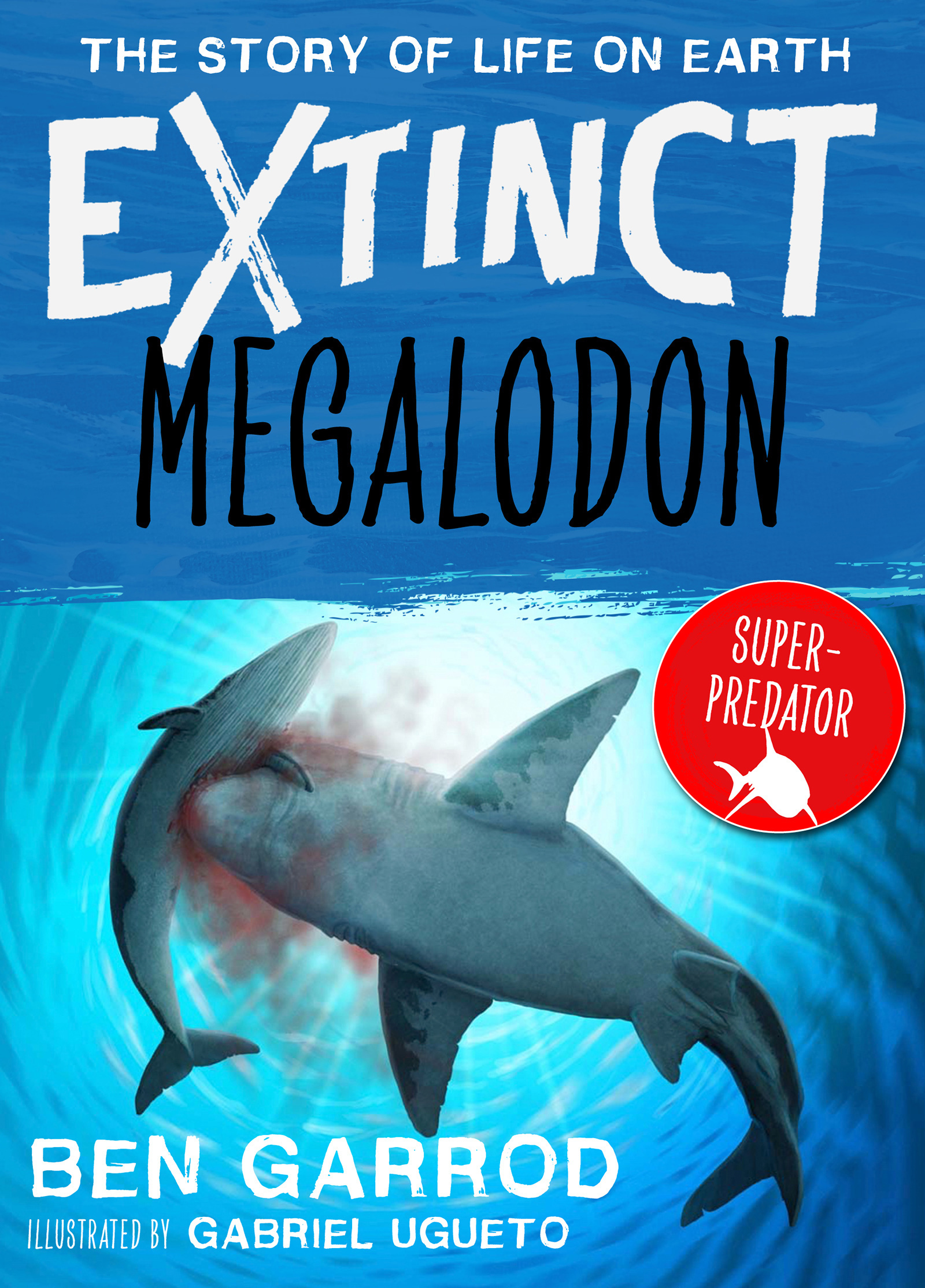 Megalodon, the largest predatory shark of all time and a very strong candidate for ‘ultimate prehistoric predator’. About three times longer than the modern great white, megalodon dominated every food chain in every ocean for millions of years. Massive and super-speedy, it had possibly the most powerful bite in nature ever.
Megalodon, the largest predatory shark of all time and a very strong candidate for ‘ultimate prehistoric predator’. About three times longer than the modern great white, megalodon dominated every food chain in every ocean for millions of years. Massive and super-speedy, it had possibly the most powerful bite in nature ever.
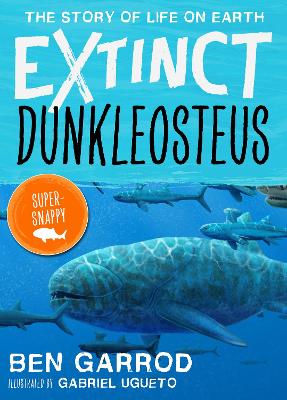 Dunkleosteus was super-snappy. With a bite 10 times stronger than a great white shark, it could snap its jaws 5 times faster than you can blink! Discover its habitat, what it ate and what it was like to live in the shadow of this one-tonne predator until it went extinct at the end of the Age of Fishes.
Dunkleosteus was super-snappy. With a bite 10 times stronger than a great white shark, it could snap its jaws 5 times faster than you can blink! Discover its habitat, what it ate and what it was like to live in the shadow of this one-tonne predator until it went extinct at the end of the Age of Fishes.
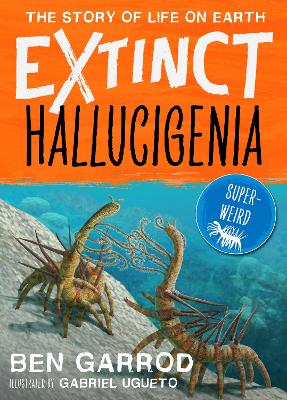 Hallucigenia was a super-weird, spiky, armoured worm that lived 450 million years ago. Scientists were, at first, unsure of which way round it went, and which way up. But here you will discover all Hallucigenia's secrets: where it lived, what it ate, why it was so weird and why it is so important in the story of life.
Hallucigenia was a super-weird, spiky, armoured worm that lived 450 million years ago. Scientists were, at first, unsure of which way round it went, and which way up. But here you will discover all Hallucigenia's secrets: where it lived, what it ate, why it was so weird and why it is so important in the story of life.
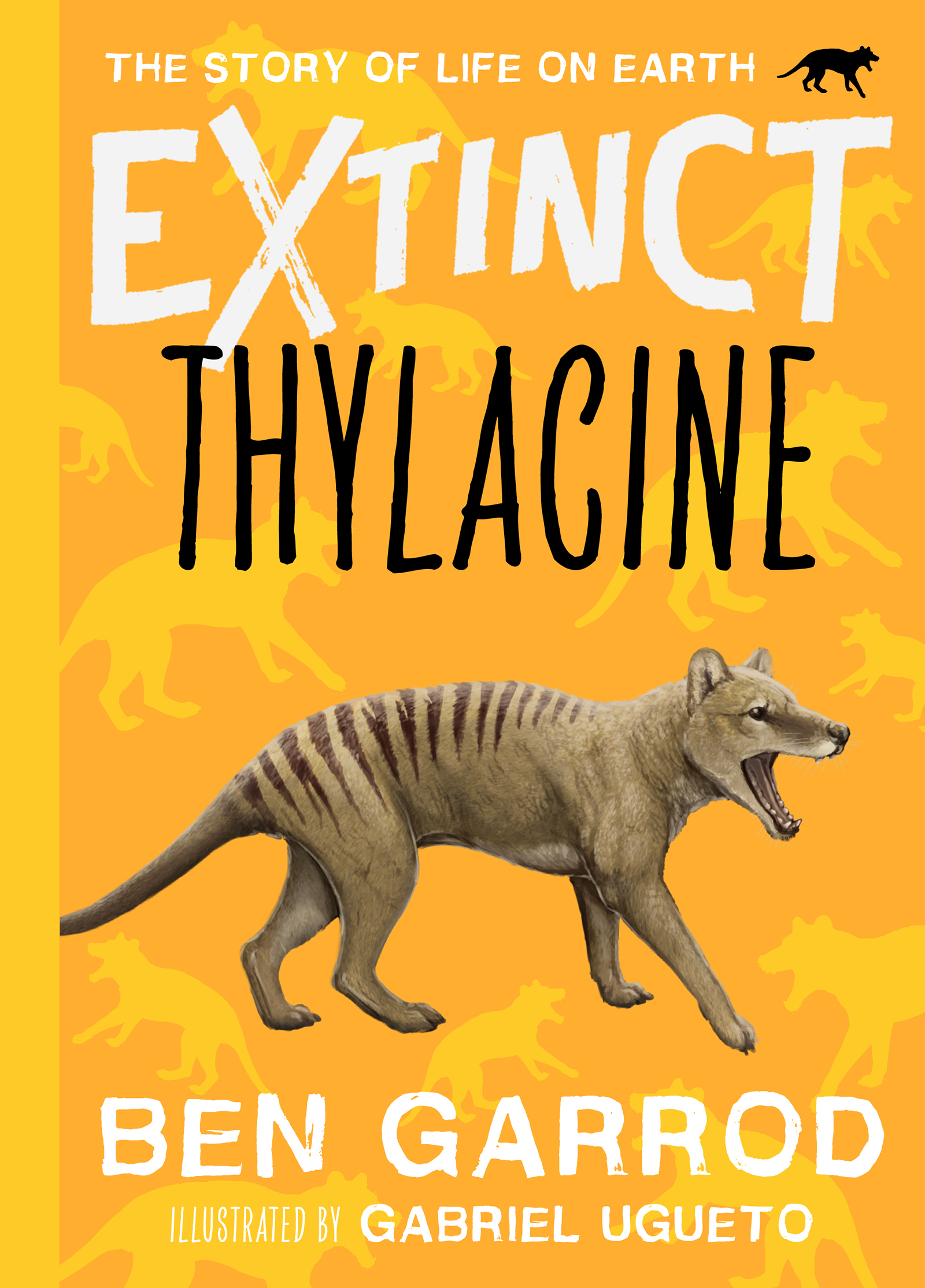 Thylacine, a misrepresented mammal driven to extinction by humans. The last wild thylacine was shot in 1930, and the last captive one died in 1936, shining a spotlight on the destructive human impact on habitats and entire environments.
Thylacine, a misrepresented mammal driven to extinction by humans. The last wild thylacine was shot in 1930, and the last captive one died in 1936, shining a spotlight on the destructive human impact on habitats and entire environments.
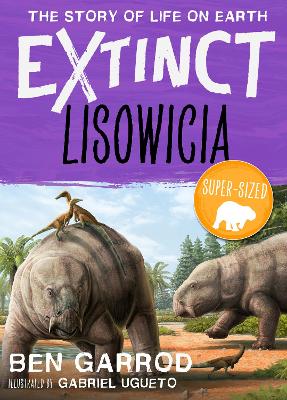 Lisowicia was super-sized. Weighing in at 9 tonnes, it was one of the largest animals roaming the planet during the Late Triassic. It was a kind of cross between a reptile and a mammal, but not quite either! What did Lisowicia eat, how and where did it live and what caused the complete disappearance of this animal which lay undiscovered for over 200 million years?
Lisowicia was super-sized. Weighing in at 9 tonnes, it was one of the largest animals roaming the planet during the Late Triassic. It was a kind of cross between a reptile and a mammal, but not quite either! What did Lisowicia eat, how and where did it live and what caused the complete disappearance of this animal which lay undiscovered for over 200 million years?
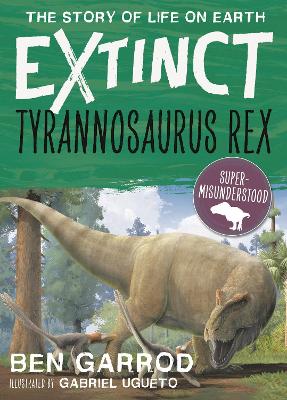 Tyrannosaurus Rex, the most famous and the most misunderstood superstar in the story of life! This mightiest of dinosaurs - massive, green and scaly - or, as we now know, massive and partially feathered, with a keen sense of hearing, smell and great vision dominated the Cretaceous landscape. Everyone knows about the giant asteroid which struck Earth 66 million years ago ending the Age of the Dinosaurs. Or did it?
Tyrannosaurus Rex, the most famous and the most misunderstood superstar in the story of life! This mightiest of dinosaurs - massive, green and scaly - or, as we now know, massive and partially feathered, with a keen sense of hearing, smell and great vision dominated the Cretaceous landscape. Everyone knows about the giant asteroid which struck Earth 66 million years ago ending the Age of the Dinosaurs. Or did it?
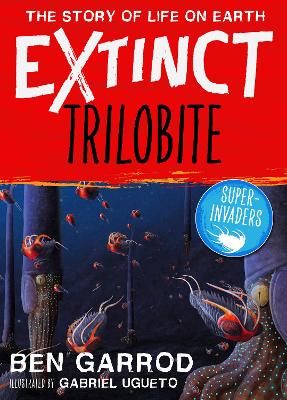 Trilobite was a super-invader with its stomach in its head. 20,000 species of them survived over millions of years and even through two mass extinctions. Discover the secrets of these successful super-invaders and the Great Dying event which finally eliminated them 250 million years ago.
Trilobite was a super-invader with its stomach in its head. 20,000 species of them survived over millions of years and even through two mass extinctions. Discover the secrets of these successful super-invaders and the Great Dying event which finally eliminated them 250 million years ago.
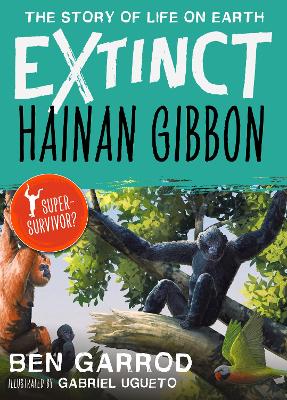 Hainan Gibbon, is one of our closest living relatives and among the most endangered animals on our planet. Can we change our role in the story of life, from being super-careless to being super-savers and do what we can to help our most interesting, incredible and important species from going extinct? This is the only book in series to focus on an animal not yet extinct.
Hainan Gibbon, is one of our closest living relatives and among the most endangered animals on our planet. Can we change our role in the story of life, from being super-careless to being super-savers and do what we can to help our most interesting, incredible and important species from going extinct? This is the only book in series to focus on an animal not yet extinct.
This fascinating series from the protégé of Dr Jane Goodall, and David Attenborough’s recent co-presenter on Attenborough And The Mammoth Graveyard, reveals everything we never knew about extinction.


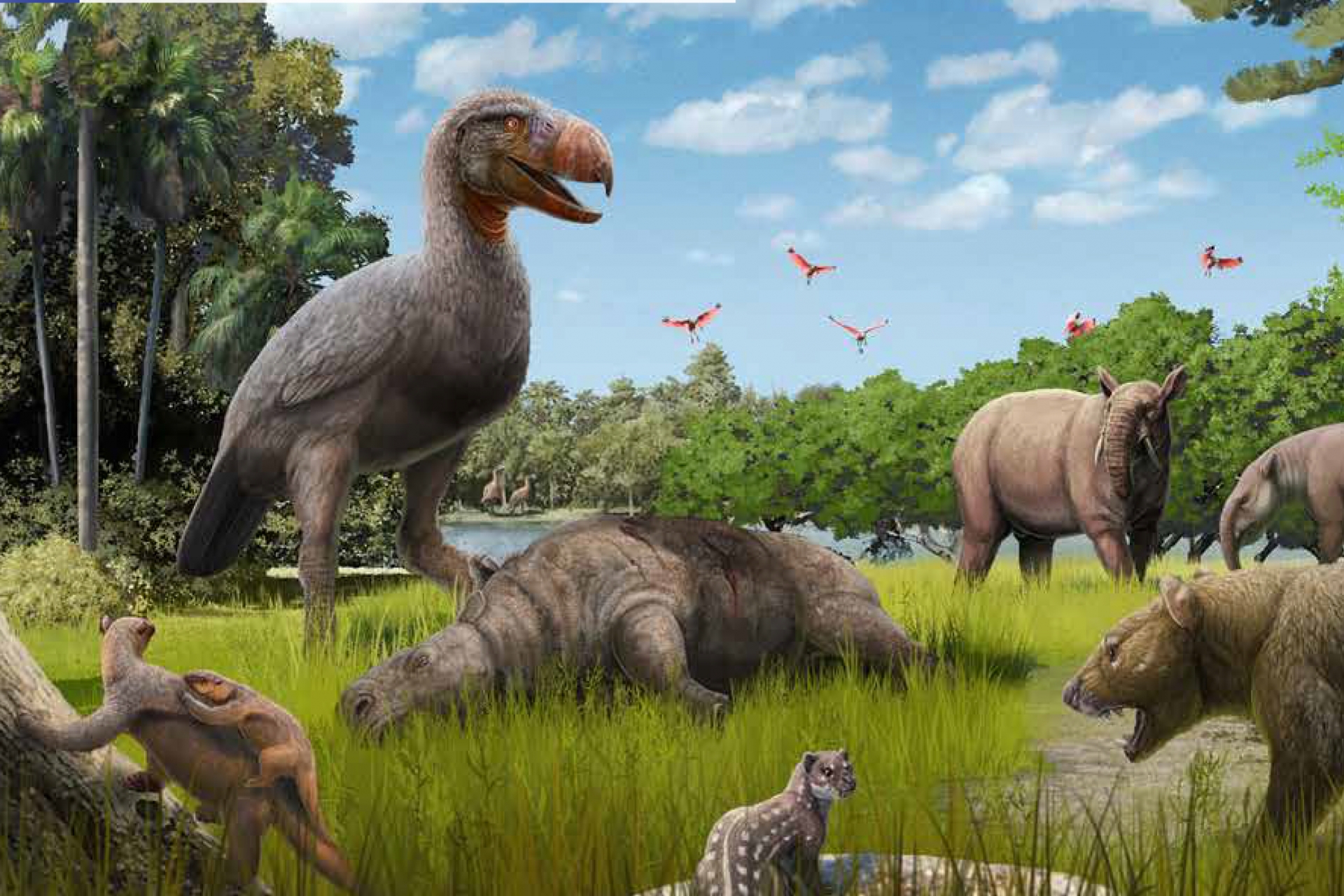
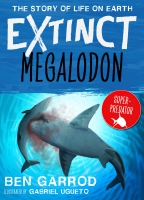
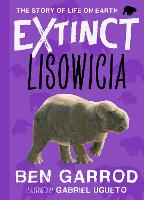
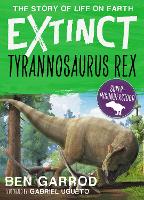
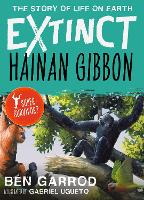
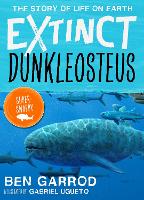
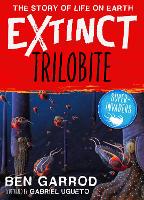

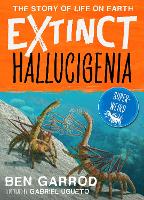
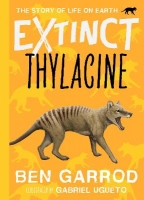
Comments (36)
Natalie G - 6th January 2023
These sound so interesting.Tracy B - 6th January 2023
This looks like a great series of books on a very interesting subject, I'll be looking out for them next time I'm in the bookshopPatricia A - 6th January 2023
I'd love these for my grandson who is always keen to read more about dinosaursSUE M - 6th January 2023
Amazing life like books congratulationsamanda d - 6th January 2023
These look fantastic would be pefect for my son Ben who loves dinosaurs.Jacqueline C - 6th January 2023
My grandson who is autistic loves dinosaurs; and in particular, reading about dinosaurs. He’s our very own Ross Geller. What a great collection!adrian p - 5th January 2023
a great set of books which i will def be investing inmatt a - 5th January 2023
My stepdaughter would love these, she is fascinated by dinosaursJenny R - 5th January 2023
These all look great!Michael O - 5th January 2023
Kids would love this.Herbert A - 4th January 2023
A lot of great factual reading and learning made fun.Tracey A - 4th January 2023
A fantastic selection of reads that my Niece and Nephew would be super excited to read, not to mention myselfTracey B - 4th January 2023
Absolutely love this seriesVicki C - 3rd January 2023
These books look brilliant, my daughter is particularly interested in trilobites!Deborah C - 3rd January 2023
These sound absolutely ROARSOME! My grandson Eli would adore these .Anthea H - 3rd January 2023
The books are amazing and I know that my grandson would get hours of enjoyment from them.paul l - 2nd January 2023
looks a great seriesRadka P - 1st January 2023
Wonderful selection of books xLaura C - 31st December 2022
These are really ideal books for my son as I find a lot of dinosaur books are targeted to a younger audience and not as interesting for a 9 year oldMagda R - 31st December 2022
What an amazing series, I have a feeling my boys would find it very interesting, not to mention myself.Zareen C - 29th December 2022
How fun, lots to learn!!Susan B - 29th December 2022
A beautifully presented series and an absolute must for all children to read. Actually, rather fancy reading them myself!Delia T - 29th December 2022
The whole series looks great, and would certainly interest my 8 year old great grandson.Jacqui G - 28th December 2022
Really good looking books.Anthony G - 18th December 2022
My grandsons obsessed with the whole criteria of Earths past !!?Andi G - 15th December 2022
These look really interestingSiobhan N - 14th December 2022
I love the images. They really bring the books to life!Wendy L - 14th December 2022
I think it’s great to make non fiction books fun to read and really engage their readers. It means they’re more likely to pick it up and re read itJackie H - 14th December 2022
fantastic book serieskathleen m - 14th December 2022
We’re going through the same thing agin now. Global warming and poachers killing off our much loved animalsMarion G - 13th December 2022
I have a five year old grandson obsessed with dinosaurs, he'd love these books.Pauline A - 13th December 2022
Right up my grandson's street!Vicki G - 12th December 2022
Great looking books. good for young readers.Sharon S - 11th December 2022
Fascinating! Would love to explore these with my grandchildren.Sally C - 10th December 2022
I have seen a couple of these books and the photography is absolutely stunning! Fabulous books!Julie W - 8th December 2022
A lovely series of books . Fun whilst learning.Leave A Reply
You must be logged in to post a comment.